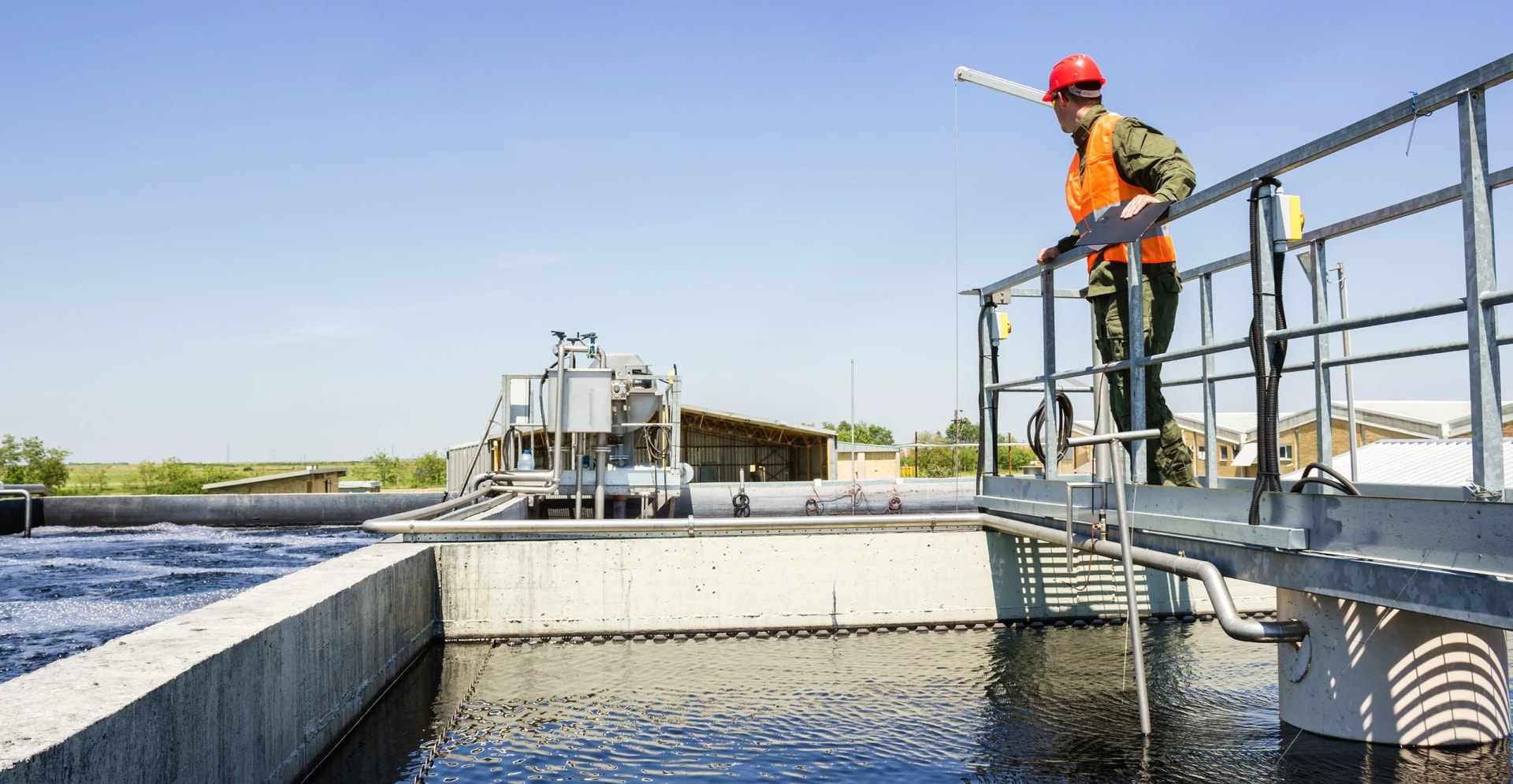Water infrastructure is the nation’s ultimate unifier. Regardless of political affiliation, demographics, or location, we all depend on clean, reliable water infrastructure to protect public health. Last week, I had the privilege of meeting with water industry professionals, government representatives and regulatory experts to discuss water’s future at the annual water fly-in.
Hosted by the National Association of Clean Water Agencies, the Water Environment Federation, the Water Research Foundation and the WateReuse Association, the water fly-in delivers a message to policymakers about how essential safe, sustainable, reliable and affordable water is to communities. Though the passing of the Bipartisan Infrastructure Law was a major success for the water industry and will result in critical upgrades being made to water and wastewater infrastructure reliability, there is still room for investment. Arcadis, along with competitors and industry organizations, have a responsibility to advocate for positive changes that protect water resources for generations to come. Here are a handful of the topics we covered last week that promise to steer the industry’s direction.
The success of capital investment relies heavily on asset management
The American Society of Civil Engineers graded America’s water and wastewater infrastructure a C- and D+ respectively in its 2020 report card. Furthermore, the industry is facing a wave of skilled retirements that will impact asset management, operation, maintenance and future innovation. In light of these challenges, it is clear that water infrastructure needs capital investment to physically improve, but also the support of technical experts and asset management best practices to ensure operational success. From conversations around workforce planning to investment allocation pursuits, water utilities need to consider all the interconnected elements of operating a system.
Every community deserves clean water
Clean water, unfortunately, has been a privilege for many in the United States. With the passing of the Bipartisan Infrastructure Law and the government’s focus on better serving disadvantaged communities however, a paradigm shift is finally in place. As part of this shift however, it is critical the industry considers the technical training and support needed for effective water and wastewater treatment. In towns and cities that have not historically received investment for these critical services, the industry must work together to attract and train new talent that can protect the public health of their neighbors and communities.
Turning ESG from acronym to action
Companies and large organizations have started to recognize the long-term financial and environmental impacts of their activities, and utilities are no exception. Water utilities are eager to drive their own environmental, social and governance (ESG) initiatives forward and actively discussed strategic frameworks that could contribute to associated goals. From next steps regarding PFAS regulations, biosolids disposal variations and the implication of contaminants on source water, utilities will need to evaluate how their operations tackle emerging challenges while still progressing in line with ever-evolving ESG expectations.





